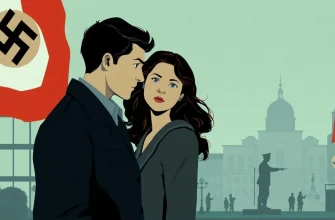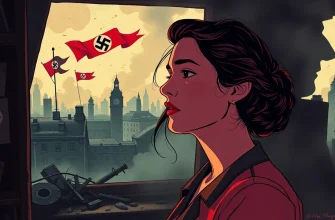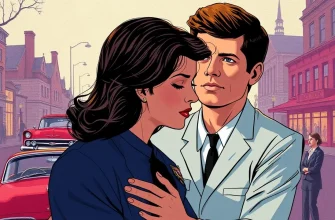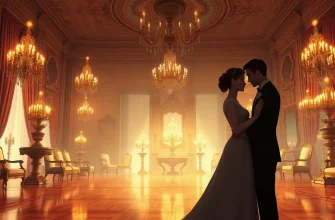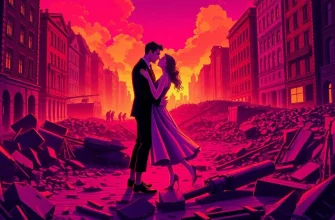The Great Depression was a time of economic hardship, but it also provided a backdrop for some of the most poignant love stories in cinema. This collection of melodramas not only showcases the resilience of love amidst adversity but also offers a window into the social and economic conditions of the 1930s. These films are not just about romance; they are a testament to human spirit, hope, and the enduring power of love in times of crisis.
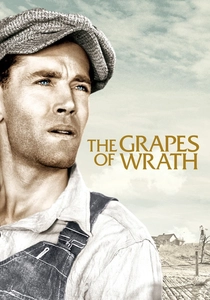
The Grapes of Wrath (1940)
Description: While not strictly a romance, this film captures the essence of the Great Depression, with a subplot of family love and resilience. It's included for its depiction of the era's hardships and the bonds that held families together.
Fact: The film was adapted from John Steinbeck's Pulitzer Prize-winning novel. Henry Fonda's portrayal of Tom Joad earned him an Academy Award nomination.
 Watch Now
Watch Now
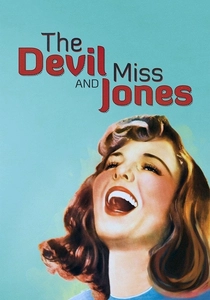
The Devil and Miss Jones (1941)
Description: A light-hearted comedy with a romantic subplot, this film reflects the economic disparities of the Depression through the eyes of a wealthy man going undercover in his own department store.
Fact: The film was directed by Sam Wood, known for his work on "A Night at the Opera," and features Jean Arthur and Charles Coburn in lead roles.
 Watch Now
Watch Now
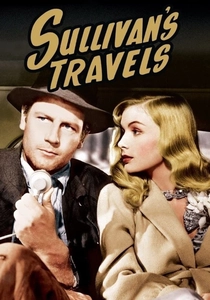
Sullivan's Travels (1941)
Description: This film follows a director who wants to make a film about the Depression but ends up experiencing it firsthand. It includes a romantic subplot that highlights the human connections formed during tough times.
Fact: The film was directed by Preston Sturges, who also wrote the screenplay, and it's known for its blend of comedy and social commentary.
 Watch Now
Watch Now
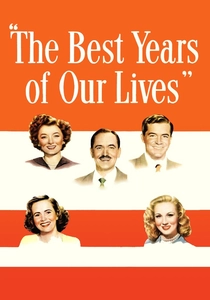
The Best Years of Our Lives (1946)
Description: This film captures the aftermath of World War II, but its themes of returning to civilian life and economic hardship resonate with the Depression era, including several romantic subplots.
Fact: It won seven Academy Awards, including Best Picture, and was praised for its realistic portrayal of veterans' struggles.
 Watch Now
Watch Now
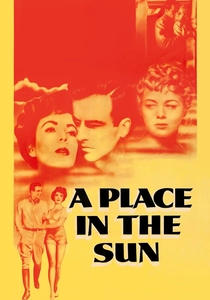
A Place in the Sun (1951)
Description: Set in the late 1920s, this film captures the economic divide and social mobility issues that would intensify during the Depression, with a tragic love story at its core.
Fact: The film won six Academy Awards, including Best Director for George Stevens.
 Watch Now
Watch Now

The Way We Were (1973)
Description: This film spans from the 1930s into the 1950s, with its romantic narrative deeply rooted in the political and social upheavals of the Depression era.
Fact: Barbra Streisand and Robert Redford star in this iconic film, which was nominated for six Academy Awards.
 Watch Now
Watch Now
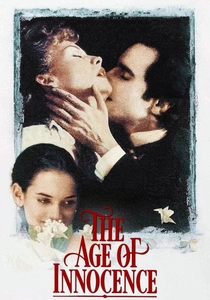
The Age of Innocence (1993)
Description: While set slightly before the Depression, it captures the societal changes leading up to it, with a love story that reflects the era's constraints and the longing for freedom.
Fact: Directed by Martin Scorsese, the film was nominated for five Academy Awards, including Best Picture.
 Watch Now
Watch Now
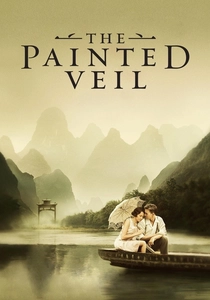
The Painted Veil (2006)
Description: Although set in China, the film's backdrop of economic hardship and social unrest mirrors the Depression's impact globally, with a central love story that evolves through adversity.
Fact: The film was adapted from W. Somerset Maugham's novel and features a score by Alexandre Desplat, which was nominated for a Golden Globe.
 Watch Now
Watch Now
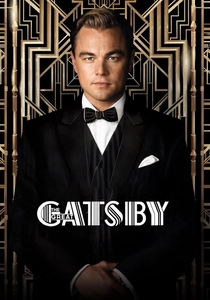
The Great Gatsby (2013)
Description: Although set in the Roaring Twenties, its themes of love, loss, and the American Dream are deeply intertwined with the economic and social changes leading into the Depression.
Fact: Baz Luhrmann's adaptation features a modern soundtrack and was nominated for two Academy Awards.
 Watch Now
Watch Now
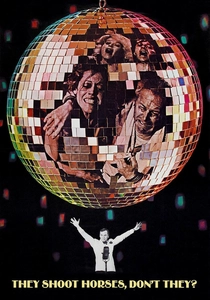
They Shoot Horses, Don't They? (1969)
Description: Set during the Depression, this film uses a dance marathon as a metaphor for the era's desperation, with a central romantic storyline that explores the lengths people go to survive.
Fact: The film was nominated for nine Academy Awards, including Best Picture, and its title comes from a line in the film about putting down injured horses.
 30 Days Free
30 Days Free


